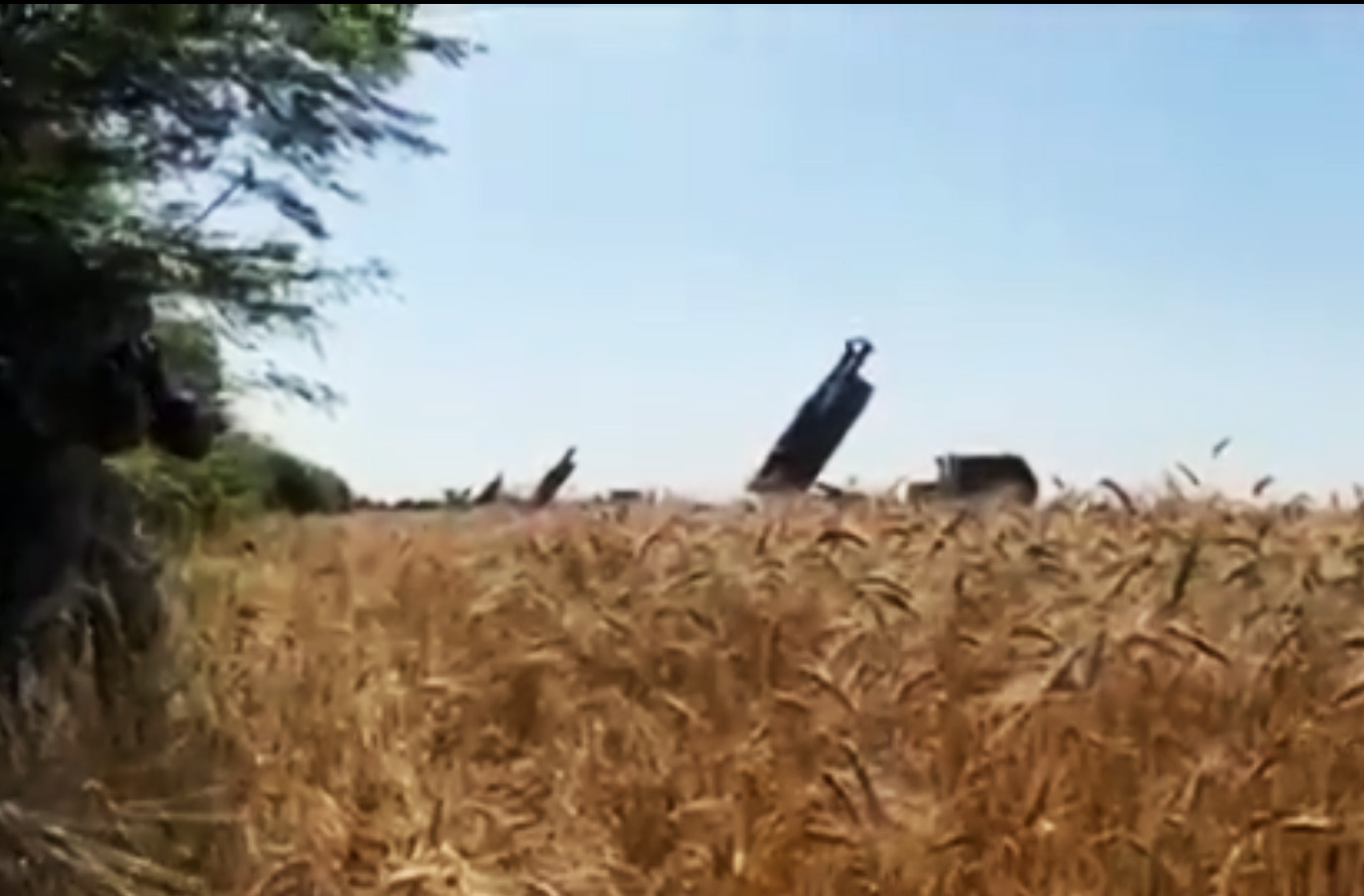
Nearly six months after the full-scale invasion, Russian troop advances remain generally modest. But despite numerous efforts with advanced weapons provided by the West, Russian artillery is still inflicting heavy casualties on Ukraine and too often goes unanswered, according to Independent Kyiv.
- The weak point of the Ukrainian military remains counter-battery fire – the tactic of capturing and shelling enemy artillery pieces.
- The Russian army really has a very strong numerical advantage. But Ukraine, for its part, often lacks proper organization of counter-battery activities on the battlefield.
- There is also a shortage of highly qualified specialists.
- As a result, Russian artillery continues to destroy Ukrainian lines, forcing the Ukrainian infantry to pay an exorbitant price in blood.
- The HIMARS campaign did not, as expected, cause a complete shortage of ammunition in the Russian army, but it further complicated Russia’s problematic logistics and significantly reduced the stockpile of ready-to-use ammunition.
Rapid transition from Soviet military equipment to Western
Much has changed since Ukraine ran out of old Soviet ammunition in June. Essentially, it had to switch to foreign-supplied NATO-standard ammunition and acquire dozens of artillery pieces from the West—and it had to do it quickly.
Fortunately, this transition period, one of the most dramatic moments of the war, was swift.

Ukrainian military personnel fire from the M777 gun received from the Americans (Twitter)
If it weren’t for the dozens of Western artillery pieces, such as the M777, supplied by the US, as well as large stockpiles of ammunition, Kyiv would now have no hope.
Russia’s numerical superiority and its endless supply of ammunition, the result of decades of Soviet production, had a devastating effect on the course of the war.
Russian artillery shelling tactics, simple but brutal and irresistible, paved the way for Russian infantry through the ruins of Ukrainian cities, says military journalist Ilya Ponomarenko.
The disproportion between the number of Russian and Ukrainian units deployed on a certain section of the front line can reach 10 to 1.
But the purchase of Western artillery, which is technologically superior to the old Soviet artillery used by Russia, saved Ukraine’s defense campaign.
The ongoing campaign to destroy dozens of Russian ammunition and fuel depots in the occupied territories of Ukraine with the help of US-supplied HIMARS missile systems had an even more significant effect.
The HIMARS campaign did not, as expected, cause a complete shortage of ammunition in the Russian army, but it further complicated Russia’s problematic logistics and significantly reduced the stockpile of ready-to-use ammunition.

HIMARS bed systems pull during the day
According to the estimates of Ukrainian artillery commanders interviewed by Kyiv Independent, the use of Russian ammunition in the east of Ukraine has decreased from almost 12-15 thousand shells to almost 5-6 thousand, which is a real relief for the Ukrainian army.
Significant losses on both sides / The battle between the artillery forces of the two states was more than brutal
According to Oryx, a research project documenting Ukraine’s losses from the war, Russia lost at least 75 towed artillery pieces (including 32 152mm 2A65 Msta-B howitzers) and at least 152 self-propelled guns (including 46 152mm 2C3 Acacias). . and 58 heavy 152-millimeter 2S19 Msta-S).
Ukrainian losses are also significant, with Oryx documenting at least 50 towed artillery pieces and 51 self-propelled artillery pieces destroyed, damaged, or abandoned.

M777 guns were hit by the Russians (Twitter)
Oryx also reports eight destroyed or damaged M777A2 parts that were previously part of more than 100 parts sent to Ukraine by the US, Australia and Canada.
However, it should be noted that not all artillery pieces on both sides were lost to counter-battery fire.
According to Ukrainian experts, the numerical advantage of the Russians has been somewhat reduced. Currently, Ukraine has deployed about 500 artillery pieces to more than 2,000 Russian systems. Some limited supplies of 152 mm howitzers from the former Warsaw Pact countries have restored some of the old Soviet-style Ukrainian howitzers.
One weakness / Russian artillery is still extremely strong
Progress was noticeable, but the introduction of better Western systems did not bring about radical changes in Russia’s advantage.
Russian artillery is still overwhelmingly superior and deadly, continuing to cut through Ukrainian defenses with tremendous power.

Scars of the artillery battle in Donbas
Despite all the damage done by HIMARS, Russia, especially in Donbass, is still able to concentrate its considerable artillery power in certain areas of the front line.
Lack of organization at a high level
Acting Ukrainian artillery officers interviewed by the Kyiv Independent admitted on condition of anonymity that Ukrainian counter-battery operations remain largely problematic, mainly due to the lack of effective high-level organization.
From their point of view, all the major components of counter-battery, especially targeting through observation points, radar detection, drones, and sound telemetry, need improvement.
And targeting must be better synchronized with rapid-fire artillery to destroy detected Russian weapons.

Ukrainian artillery on the front of the war with Russia (Twitter)
And all components must work as a system and in cooperation with infantry units that must hold local high points important for artillery, which is often not the case, according to artillerymen.
In many cases, Russia’s success was ensured not by its overwhelming advantage, but by the problematic reaction of Ukrainian counter-artillery.
“The infantry paid in blood for these shortcomings,” a Ukrainian artillery officer told the Kyiv Independent.
Read also:
- Did Ukraine use a new surface-to-surface missile system during the attack on Crimea? In this case, Russia will face huge problems
Source: Hot News RU
James Springer is a renowned author and opinion writer, known for his bold and thought-provoking articles on a wide range of topics. He currently works as a writer at 247 news reel, where he uses his unique voice and sharp wit to offer fresh perspectives on current events. His articles are widely read and shared and has earned him a reputation as a talented and insightful writer.